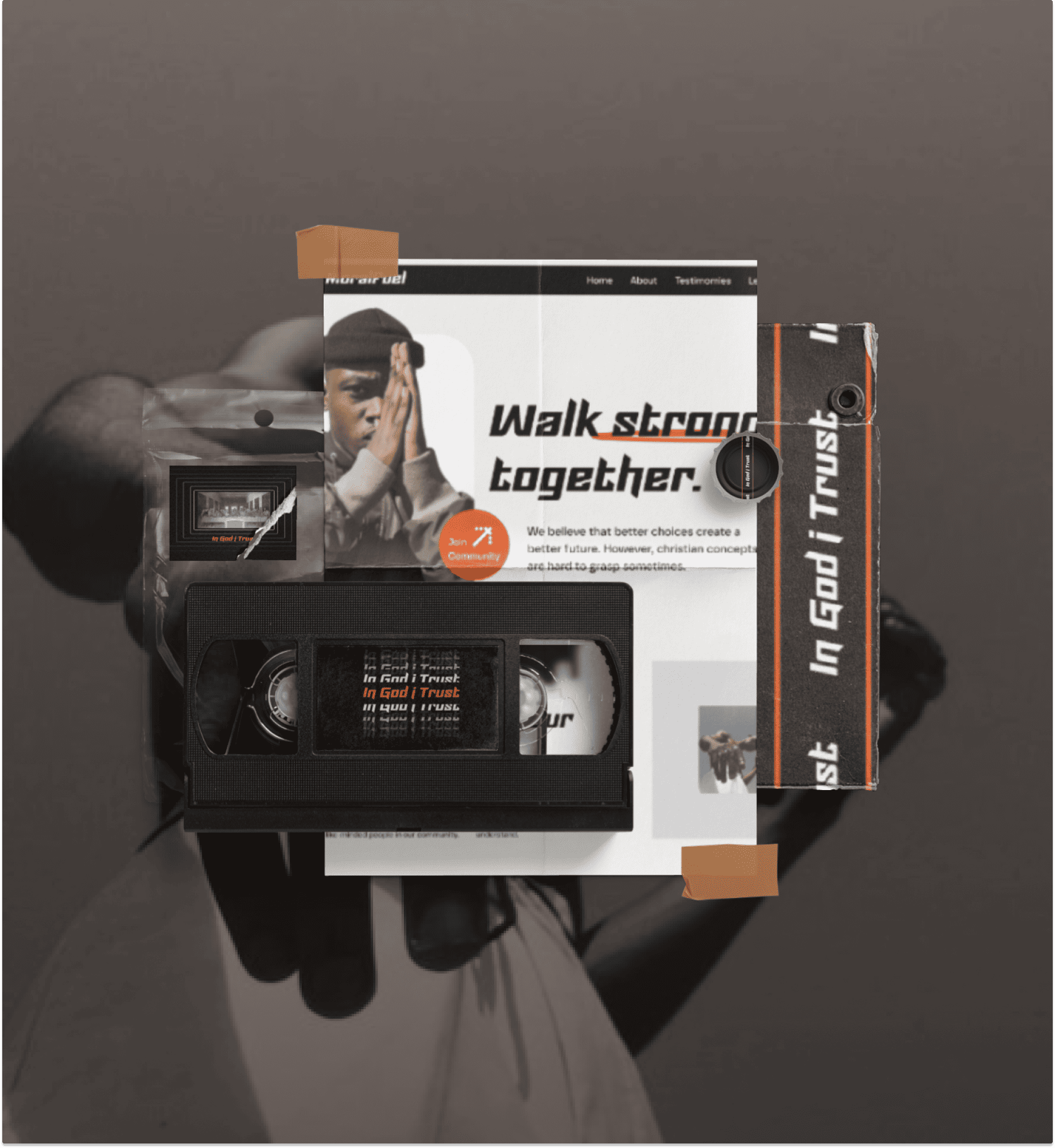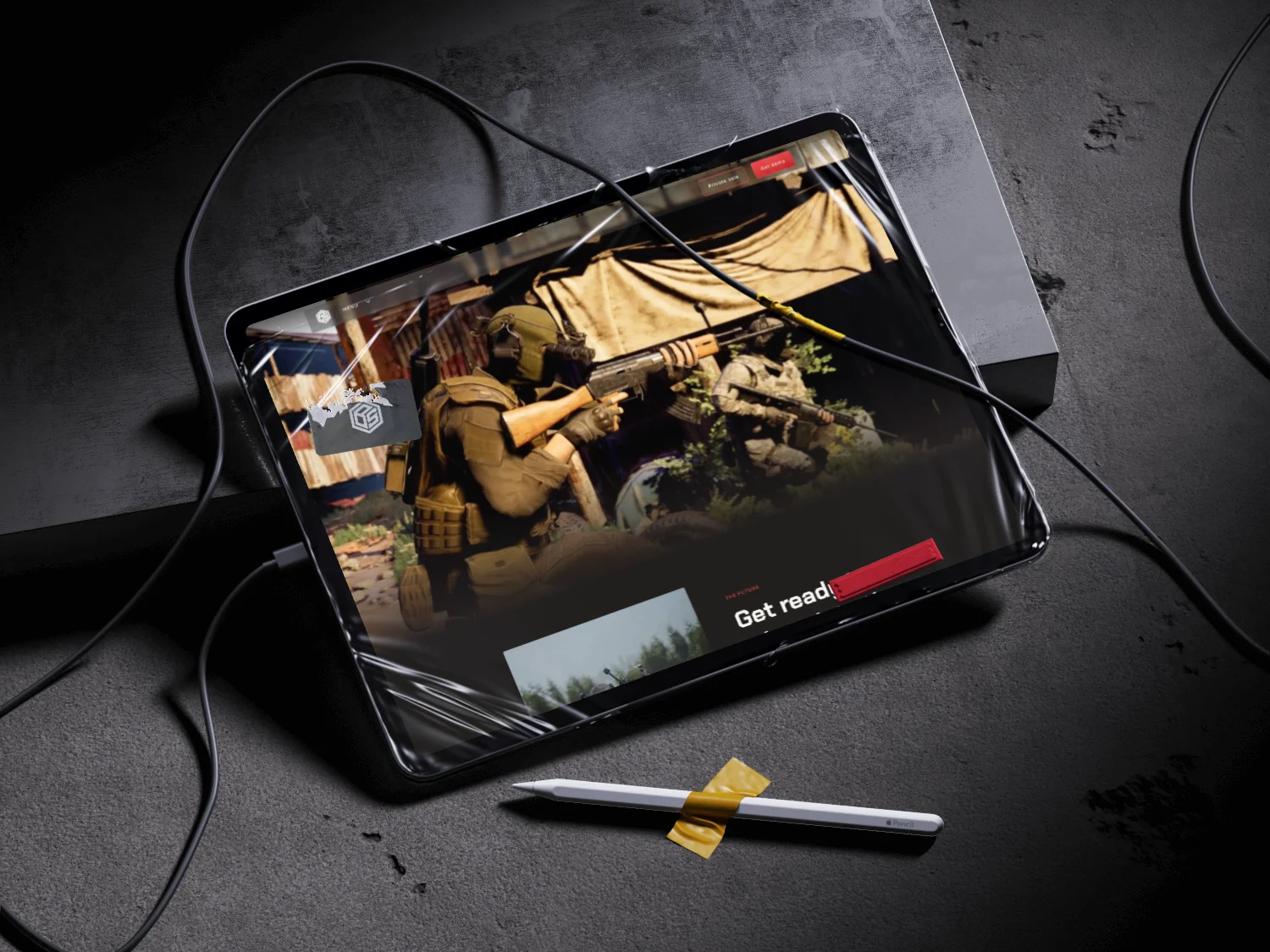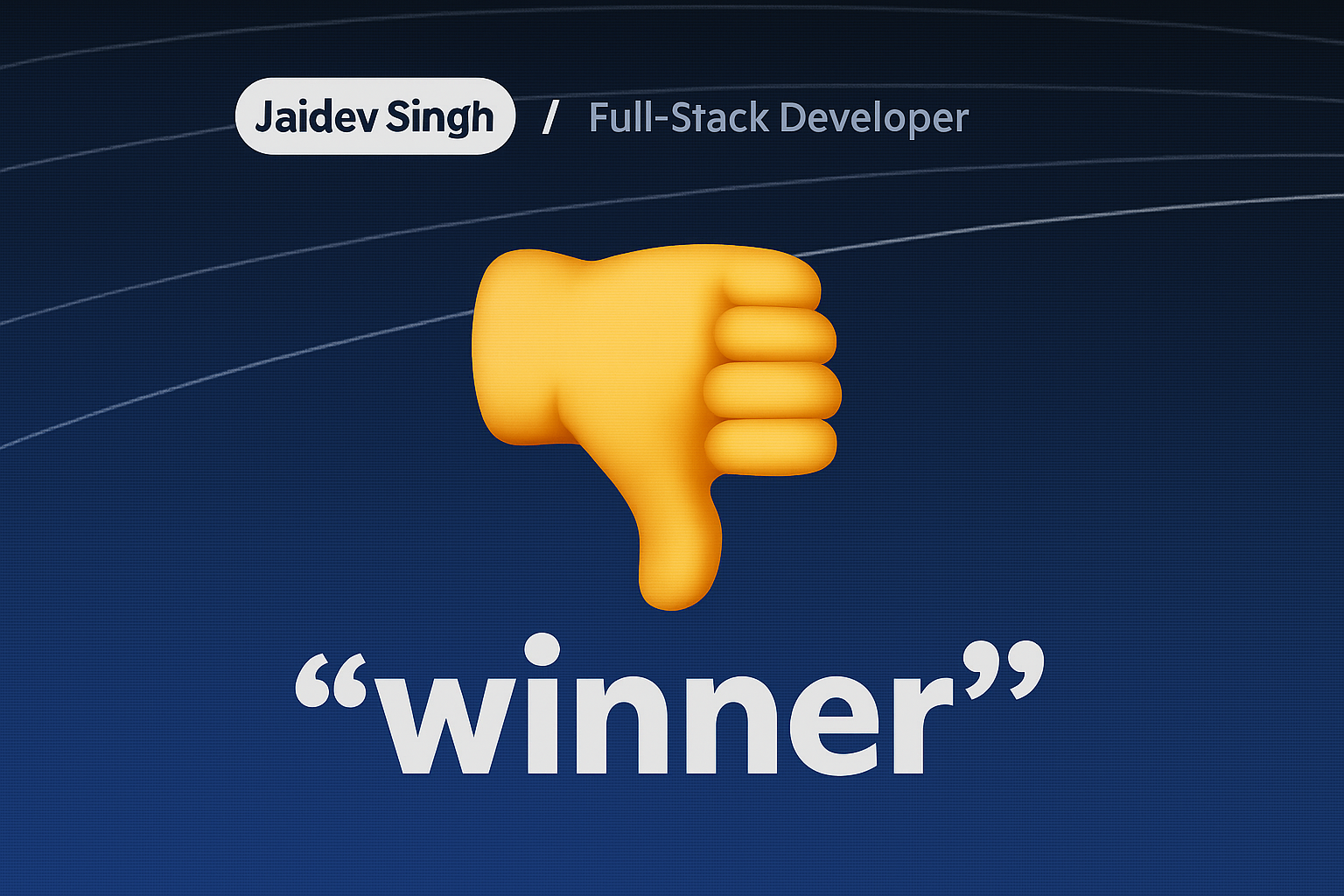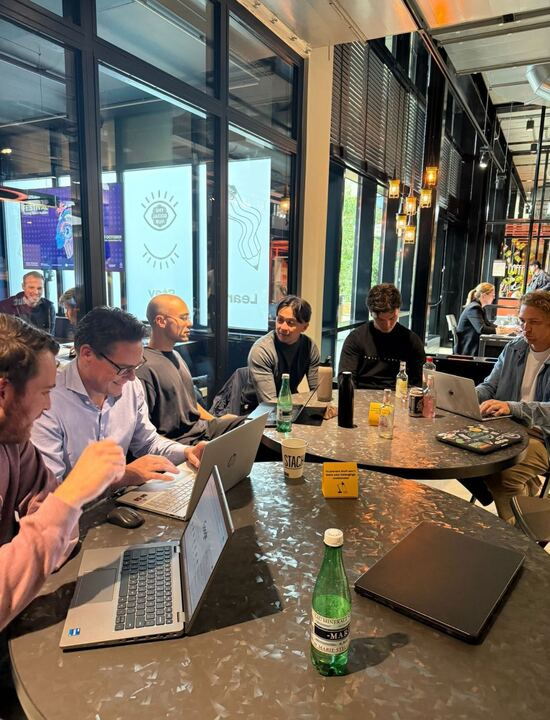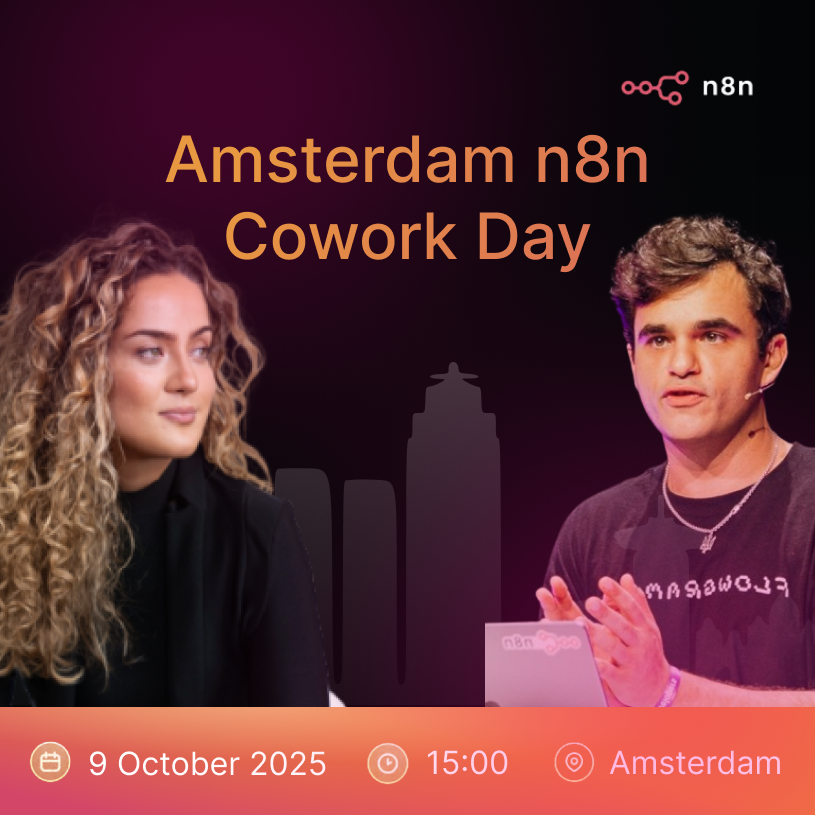Last updated:
September 24, 2025
Growth: Proven Stack for B2B | Viralistic
Discover Viralistic’s proven B2B growth stack! Learn to choose the right tools, build strategic clarity, and achieve growth that converts.

Short-sighted in a world moving fast? Read this before you rip out your stack
You run a funded startup, a scale-up, or a tight mid-sized team. You’ve got traction, a small crew, and a long list of big goals. You care about typography as much as pipeline. You want decisions that compound, not clutter. And honestly, you’re done with drama. So when LinkedIn floods your feed with hot takes like “N8N is a sinking ship, Make is dead, Lovable and Cursor will replace everything,” it’s tempting to react fast. But short-sighted decisions are expensive, and your brand, your funnel, and your team deserve better.
At Viralistic, we help ambitious teams get strategic clarity and growth that actually converts. We obsess about the full journey from traffic to lead to sale. If your website no longer reflects who you are, if your traffic is not converting, or if you’ve outgrown your agency, this article is for you. Let’s cut through the noise and build momentum you can trust.
The LinkedIn drama effect
There is a pattern that repeats every few months. A viral post predicts the death of one tool and the dominance of another. Today it is N8N and Make. Tomorrow it’s Lovable and Cursor. For clarity: N8N is an open-source workflow automation tool that lets you connect apps and automate tasks without heavy engineering. Make is a visual automation platform, formerly Integromat, that helps you orchestrate workflows across tools. Lovable is an AI-assisted app builder that accelerates prototyping and shipping. Cursor is an AI-powered code editor that helps developers write, refactor, and understand code faster. They all have strengths. They all have constraints. Just like not all calculators solve every equation, and not all mathematicians solve every problem, not every tool fits every business or every use case.
When your feed turns chaotic, remember: virality rewards tension, not nuance. Businesses scale with nuance.
Strategy first, tools second
Tools are multipliers. They amplify the clarity you already have. If your strategy is muddy, a shiny tool multiplies confusion. If your goals are crisp, the right tool multiplies outcomes. That is the difference between noise and compounding growth.
For context, when we talk about SEO, we mean search engine optimization – the practice of improving your website’s visibility in search engines to attract qualified traffic. And when we say CRO, we mean conversion rate optimization – the practice of increasing the percentage of visitors who take a desired action, such as booking a demo or purchasing. These are not tool-first disciplines. They are system-first disciplines that use tools to make decisions faster and execute with fewer mistakes.
The average speed of adoption – and why you feel behind
Here is a freeing truth: even as technology accelerates, the pace at which you fall behind is governed by the average speed of adoption. Social feeds distort this. You see a handful of specialists posting their latest wizardry, which makes it look like everyone has moved on. They haven’t. Most teams are still shipping, learning, and adopting at a human pace.
Even people who study AI daily are not always on the frontier. AI, in this context, means artificial intelligence – systems that perform tasks that typically require human intelligence, like understanding language or recognizing patterns. The point is not to chase everything. The point is to move at a sustainable cadence that preserves your focus and your team’s sanity. Sustainable tempo wins over time.
Allocate learning like a product budget
Firstly, assign a recurring time slot for learning. That could be one deep hour on Tuesday mornings. Secondly, tie that learning to business goals. If you only study, nothing ships and no revenue lands. Thirdly, pick one bottleneck in your company and explore whether AI or automation solves it. Automation here means using software to perform repeatable tasks with minimal human intervention. AI can help, but only if it is pointed at a real constraint.
Stop treating AI like a religion – treat it like a toolkit
Do not try to do everything with AI. That creates hidden complexity, change fatigue, and brittle systems. Instead, identify a specific job to be done, then choose the best-fit tool. Sometimes that is N8N. Sometimes it’s Make. Sometimes it’s a spreadsheet. Sometimes it is no change at all. The right tool is the one that removes friction without adding chaos.
If you roll out a dozen changes at once, even perfect changes fail. That is because of change management, which is the discipline of planning and guiding people through organizational change so they adopt new ways of working smoothly. Introduce improvements gradually, invite feedback, and let your team co-create the new process. Adoption follows agency.
Ignore clickbait, track impact
When a post offers drama but no data, scroll on. Replace panic with proof. Tie your decisions to KPIs, meaning key performance indicators – measurable values that reflect progress toward a goal. For example, if a new automation shaves 6 hours per week from lead qualification and increases qualified demos by 15 percent, that is worth keeping. If it adds noise and breaks once a week, it is a tax on focus.
A practical way to evaluate tools, calmly
Use this simple flow, then move:
- Define the job. What exact outcome do we need to improve in 90 days?
- Map constraints. What skills, budgets, and data do we have right now?
- Shortlist 2 tools. One you already use. One new contender.
- Run a small test. Two weeks, one metric, rollback plan defined.
- Ship or shelve. If it compounds, double down. If not, let it go.
Real-world examples – the calm adoption playbook in action
Below are short, real-world style scenarios that mirror what we implement for clients. Each example has a quick intro, the application, pros and cons, and a clear takeaway you can use.
Example 1 – Lead routing for a SaaS startup
Intro: A 12-person B2B SaaS team struggled with leads slipping through the cracks. SDRs were manually triaging forms from multiple sources.
Application: We tested Make, which is a visual automation platform that connects tools via drag-and-drop scenarios, against N8N, which is an open-source automation tool you can self-host for more control. We built a small workflow that scored leads, enriched company data via an API, meaning application programming interface – a standardized way for software to exchange data, and routed them to the right owner in the CRM.
Pros and cons: Make was faster to prototype, great for visual debugging, and ideal for a lean team. N8N offered deeper customization and lower long-term cost at scale but required more technical stewardship.
Takeaway: If your priority is speed to value, start with Make. If your priority is control and cost at scale, N8N shines. Choose based on the job and the team you have today.
Example 2 – Content ops acceleration with AI for an eCommerce scale-up
Intro: A lifestyle brand with strong organic traffic needed faster product page updates without losing voice.
Application: We introduced a lightweight AI workflow using an LLM, which is a large language model – an AI system trained to understand and generate human-like text, to draft meta descriptions and first-pass product copy. Editors then refined tone and ensured claims matched inventory and brand guidelines.
Pros and cons: Speed increased by 40 percent. Cons included occasional hallucinations, meaning AI-generated statements that sound confident but are not factual, which human review easily caught.
Takeaway: AI drafts, humans decide. Your brand stays intact, and your team spends time on judgment, not drudgery.
Example 3 – Developer velocity using Cursor
Intro: A seed-stage platform company had one senior engineer and two juniors. They wanted faster refactors without breaking core flows.
Application: We piloted Cursor, which is an AI-driven code editor that suggests, explains, and modifies code with inline prompts, for documentation updates and test coverage, not production-critical logic.
Pros and cons: Pros were faster onboarding and cleaner tests. Cons were the risk of over-relying on suggestions for complex architecture decisions.
Takeaway: Use AI to sharpen fundamentals and documentation. Keep architectural judgment with senior engineers.
Example 4 – Rapid prototyping with Lovable
Intro: A service company wanted to validate a client-portal concept before committing to a full build.
Application: We used Lovable, which is an AI-assisted builder that helps generate app scaffolds and UI quickly, to create a clickable prototype linked to sample data.
Pros and cons: Pros were speed, stakeholder alignment, and clearer scope. Cons included limitations for complex logic and the need for a proper handoff to engineering later.
Takeaway: Treat Lovable as a validation tool. It is perfect for getting buy-in and de-risking scope before a serious build.
Example 5 – Rebrand that ties story, SEO, and CRO together
Intro: A premium B2B brand said, “Our website doesn’t reflect who we are anymore.” They also struggled with conversion on high-intent pages.
Application: We ran a messaging sprint, then rebuilt key templates around intent. We used keyword clustering, which is grouping related search terms to plan pages that match user intent, and we redesigned forms and CTAs for CRO, meaning conversion rate optimization – lifting the percentage of visitors who act.
Pros and cons: Pros included cleaner navigation, higher intent alignment, and faster SEO gains. Cons involved the need for careful content governance to maintain tone at scale.
Takeaway: Rebrands work when story, SEO, and design move together. Beauty plus conversion beats beauty alone.
How to stay steady when the hype gets loud
Secondly, check for business alignment: does this tool help a specific stage of your funnel, meaning the path users follow from awareness to purchase? Thirdly, choose reversible decisions first. If a test fails, you can roll back quickly. Lastly, keep your comms human. Channels like WhatsApp can help your team and partners stay tight and responsive without ceremony.
Your next 30 days – a simple plan
Week 1: Audit one friction point in your marketing or ops. Week 2: Shortlist two tools that could help. Week 3: Implement the smallest useful test. Week 4: Measure, learn, decide. Then repeat. This cadence builds calm, compounding progress without burning your people or your budget.
Ready to replace panic with progress?
If you want a partner who cares, answers fast, and builds systems that convert, we should talk. Viralistic connects story, SEO, CRO, and web design into a growth engine you can trust. Curiosity is your edge. Action is your leverage. Start here: https://viralistic.nl/contact/
People Also Ask
Should I replace N8N or Make if I see posts claiming they are obsolete?
No. Evaluate based on your use case, costs, and team skills. Run a small test with a contender like Lovable or Cursor only if there is a clear job to be done. Obsolescence claims on social media are usually engagement bait.
How do I pick the right AI tool without derailing my roadmap?
Define a single measurable outcome first. Shortlist two tools. Test for two weeks with one KPI, meaning key performance indicator – a metric that tracks progress. Ship what works, shelve what doesn’t. Limit change to one domain at a time.
What is the best balance between learning and shipping for a small team?
Time-box learning to a recurring slot and connect it to a near-term objective. If learning does not change a decision you are making this quarter, it can wait.
Will AI replace my marketers or developers?
AI will replace repetitive tasks, not the strategic and creative judgment that unblocks revenue. Use AI to draft, summarize, and analyze. Keep humans on positioning, prioritization, and architecture.
How do I roll out automation without overwhelming my team?
Start with one workflow. Document the new process. Provide a rollback. Invite feedback. That is effective change management, meaning planning and supporting people so they adopt new ways of working smoothly.
What KPIs matter most for an SEO and CRO project?
Track qualified organic sessions, rankings for intent-based terms, conversion rate on priority templates, demo requests, and revenue influenced. Tie everything to business outcomes, not vanity metrics.
Is Cursor safe to use on production code?
Yes, with guardrails. Use Cursor, which is an AI-assisted code editor, for tests, refactors, and documentation. Keep architecture and sensitive logic under senior review and code review standards.
When should I use Lovable?
Use Lovable, which is an AI-enabled prototyping tool, to validate concepts quickly and align stakeholders. Hand off to engineering when requirements stabilize.
What is the risk of chasing every new tool?
Hidden complexity, context switching, and fragile systems. You pay a focus tax that erodes delivery speed and quality. Choose fewer tools, used well.
How do I connect brand story, SEO, and design?
Start with a messaging hierarchy. Map key intents to page types. Design each template to resolve objections and guide action. Then enforce governance so tone and structure stay consistent.
What is the simplest first automation for lead gen?
Lead enrichment and routing. Pull firmographic data via an API, meaning application programming interface – how apps exchange data, score leads, and assign owners with clear SLAs.
How often should I revisit my stack?
Quarterly for minor improvements. Annually for strategic shifts. Avoid constant churn unless there is a clear performance or reliability issue.
Do I need a data warehouse before I improve attribution?
No. Start with cleaner UTM discipline and dashboarding. Add a warehouse when data volume or fragmentation justifies ETL, meaning extract, transform, load – moving data into a central store.
What if my website looks great but doesn’t convert?
You likely have a messaging or friction problem. Run CRO experiments on headlines, social proof, forms, and CTAs. Use session recordings ethically to spot drop-offs and fix them.
How do I prevent AI hallucinations in content?
Constrain prompts, provide source material, and enforce human review. Hallucinations are confident but incorrect outputs from AI, so verify claims and numbers.
When is it time to change agencies?
When you are not getting strategic clarity, when communication is slow, or when outcomes stall. You need a partner who owns traffic to sale, not just deliverables.
Let’s build calm momentum
Your team does not need more chaos. You need a system that compounds. If you want a sparring partner who is easy to reach, cares about the details, and connects strategy to conversion, we would love to help. Say hello here: https://viralistic.nl/contact/
